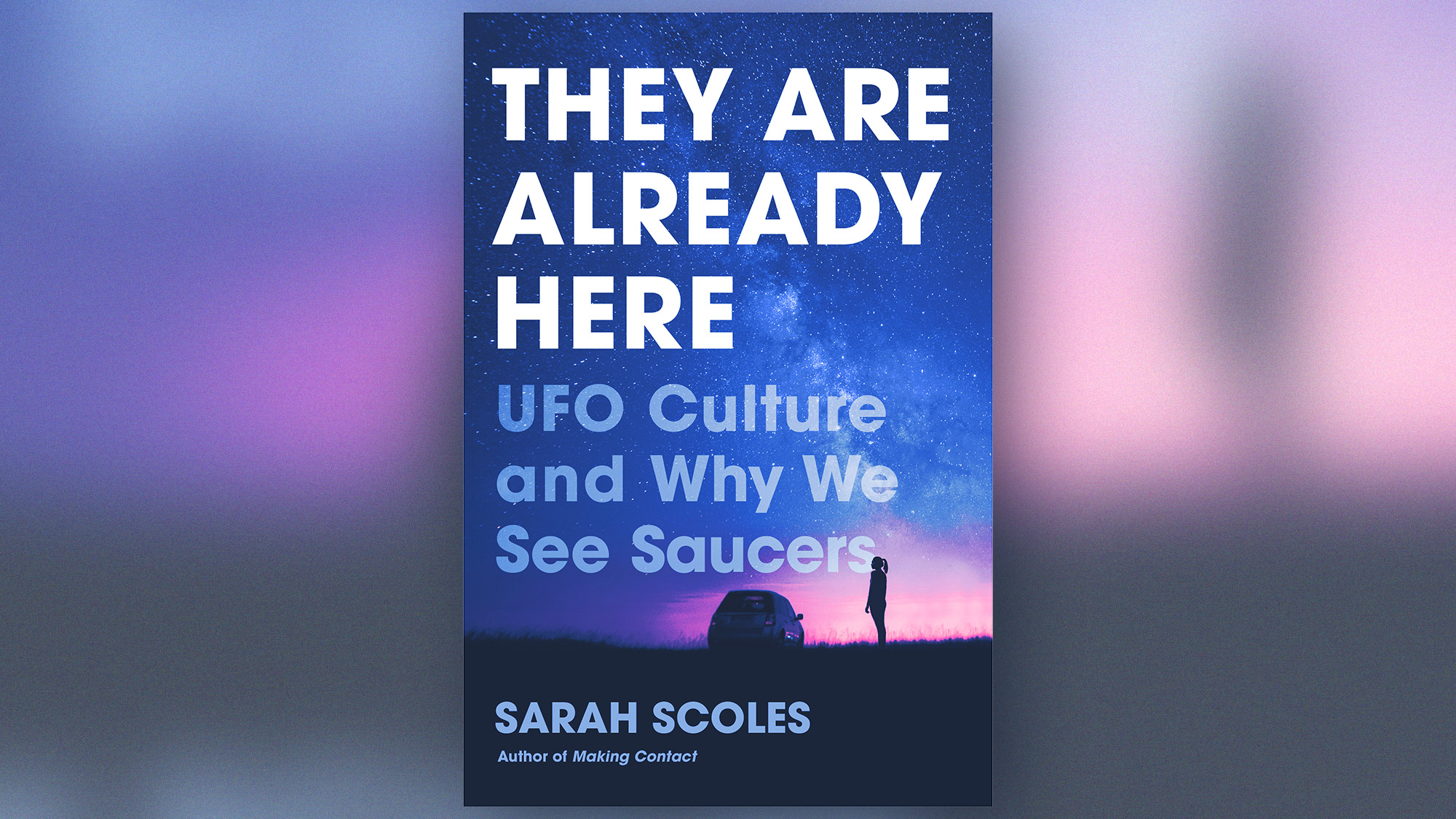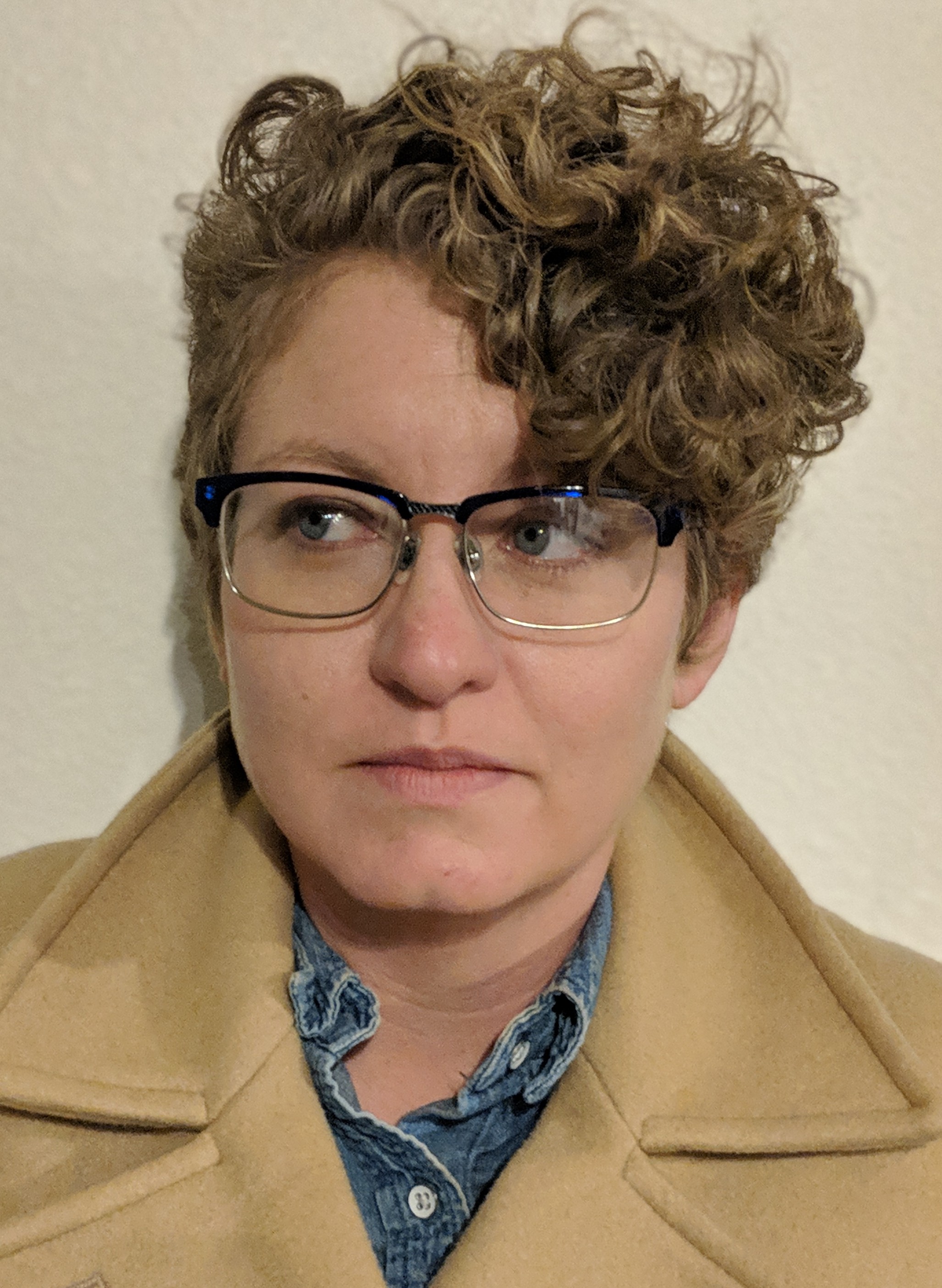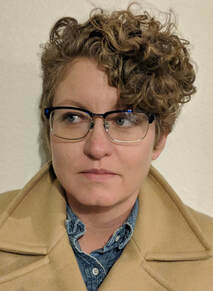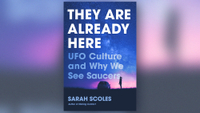'They Are Already Here' starts with a total solar eclipse and a UFO. (Book Excerpt)

In her new book "They Are Already Here: UFO Culture and Why We See Saucers" (Pegasus Books, 2020), journalist Sarah Scoles explores the culture and history of people who believe in UFOs.
The book begins here, with her own experience of a total solar eclipse and a mysterious light in the sky, which set the stage for her reporting in the UFO community.
You can read an interview with Scoles here.
Related: Best space books and sci-fi for 2020
I've only seen a UFO once. And only for a second: It quickly turned into an IFO—an identified flying object. But the fleeting feeling that accompanied that fleeting unidentification stuck around for much longer.
It happened on August 21, 2017, about 20 miles outside of Jackson, Wyoming. I'd been camping for two nights already with friends. As such, we were dirty and tired and often too cold or too hot. A creek rushed behind our tents, and we used it to filter water and cool the beer we'd snagged from the nearby ski town's ostentatiously wood-beamed liquor store.
A hundred or so feet up the clearing, there was a guy in an RV who liked to shoot his gun at the mountainside. He didn't care that there was a total solar eclipse happening that day. In fact, he had driven up this rutted, rocky Forest Service road to get away from the phenomenon and from the swarm of wealthy tourists who'd invaded his town to see the moon cross in front of the sun in a pretty place.
Get the Space.com Newsletter
Breaking space news, the latest updates on rocket launches, skywatching events and more!
We did care, though. Which was why we left before dawn that morning, heading up Cow Creek Trail toward a high point called Cream Puff Peak, 6 miles away and at nearly 10,000 feet of elevation. We wanted to be alone and closer to the edge of Earth's atmosphere so that we could feel — even though it was 7.5 billion times untrue — that we were the only people on the whole planet, the only ones who could see this celestial event. It would be ours.
We never found Cream Puff Peak, though, the trail seeming to twine differently from its path on the map. Instead, we settled onto an unnamed promontory a few minutes before Earth's only natural satellite started to slide in front of its only star. We ate cheese sticks and beef jerky and picked the chocolate out of trail mix, sticking our opaque eclipse glasses in front of our faces every so often to watch the sun's transmogrification into something other, as it dimmed and dimmed and dimmed, the moon biting Pac-Man chunks from it.
They Are Already Here (Pegasus Books, 2020) | $14.99
Journalist Sarah Scoles takes a close look at UFO culture and why so many people, like Fox Mulder, just want to believe.

The disappearance took a while. And, to be honest, it was boring at first. But then the air changed. It seemed — although air does not have a color — to be yellower, like it was its own transition lens. It got colder. The colors of the pines, the subalpine grasses, and the sky itself seemed matte, although I hadn't thought of them as glossy before. The scene became perspectiveless, depthless, like a flat medieval painting where everything is right in front of you.
We each took out our jackets and shrugged them on. A few minutes later, we zipped them up. Our chatter — about how awesome jerky is, how Cream Puff was maybe that peak way across the valley (or maybe not), how far we'd come, how alone we were out here — had quieted. We sat down on the edge of the outcropping and looked up and around, silent except for an occasional "weird" or "wow," lost in our own internal experiences of the external universe.
Finally, the moment of totality — when the moon completely blocks the sun — was upon us. I wrapped the arms of my eclipse glasses around my ears and looked exactly where, normally, you're not supposed to. The last crescent of sunlight was disappearing, and just before the moon notched and locked itself inside the sun's circle, a lens flare of light burst from the boundary. It's an event known as "the diamond ring."
"Whaaaaaaaaat?" I said out loud. I yelled at my companions to put their glasses on. "It's happening," I said.
The sky grew dark. A cold wind kicked up. The star that had risen and fallen every day of my life prior to that point wasn't there anymore. It had been replaced by something alien—which had, in turn, transformed the landscape into that of an exoplanet. Earth became a place I'd never lived but suddenly found myself, as if I'd been sucked up in a tractor beam and plunked down light-years away on someone else's home.
The sun's outer atmosphere, called the corona, which had existed right there the whole time but had remained invisible till now, wisped from the star's edges and licked at the center of the sky. Everything familiar felt deeply, deeply strange. During the few minutes of totality, its strangeness never became familiar.
I felt like I did on my first scuba dive, or that time in college when I did mushrooms and stood crying in front of a purple flowering bush because purple was such a beautiful and unlikely color: The world had always been this amazing and weird, right underneath regular reality. And I had only just realized it.
***
That's not my UFO story, although it probably primed me. The UFO showed up later that evening. When we descended from not-Cream-Puff, we drank our creek beers and sat around the dark fire pit that we weren't allowed to light up because Smokey said so. We relived the day ("Remember how you just said, 'Whaaaaaaat?'") before moving on to a discussion of what we'd do in the event of not-quite-apocalyptic nuclear war, which at the time didn't seem over-the-top unlikely.
Finally, we stepped out from beneath our coniferous canopy to look up at the stars — all those other suns, orbited by all those other planets, whereon some other schmucks might be shivering and discussing the ineloquence of one of their companions during the eclipse of their own star.
It was dark out there: dark-dark. And it was clear, the high, dry air of western Wyoming putting few molecular walls between us and the view. Here, too, we stayed pretty quiet, letting the stars' light flow into our eyes while we each thought our own thoughts.
"There's a satellite," said my friend Tripp, a medical physicist who had recently declared that in the event of not-quite-apocalyptic nuclear war, he would go to the affected area and treat people. He pointed to a fast-moving dot tracing an arc between the stars.
Before any of us could respond, the dot grew brighter. Light started coming from its edge. Right as my brain registered that change, the brightness swept down. Then it became a beam, searching. In a second, it was pointed straight at us.
"Whaaaaaaaat?" we all said, involuntarily, in unison.
It knows we're here, was my first involuntary thought. Terrestrial explanations then came quick: It was a Forest Service helicopter. It was the Jackson Hole police's rotorcraft. It was the military, checking on the throngs. It was some rich asshole on some rich asshole tour.
But I knew — from the light's prior movement among the stars — that it was not a helicopter. And for the second or so when I was in its spotlight, there was a part of me (a part of me I didn't really want to acknowledge) that believed it was possible that maybe this was it. Those extraterrestrial UFOs I'd long — with my skeptic-minded science brain — said didn't exist? They were here now, and they knew I was here, and they wanted me to know that they knew that I was here.
What if this, I thought, is the moment right before everything changes?
It's a way I always feel when something in the world seems off, not unlike the way it did during the eclipse. When no one is out early on a Sunday morning, a part of me entertains the possibility that, five minutes from then, I'll find out 90 percent of everyone died overnight of a fast-working flu or a rapture. When my car won't start right away on a frigid winter morning, I wonder if I'm about to realize that this is due to is a widespread EMP attack. When the urgh-urgh-urgh of an emergency broadcast comes on the radio, my lizard brain decides this is the time the announcer will say, "Yeah, it's aliens."
After all, most speculative or magical movies begin with a few before moments. Their characters live in the same grounded, rule-following world the audience does — until, all of a sudden, they don't. If you squint at things a certain way, it feels like that could happen to you too.
Anyway, I felt for a second, almost against my will, like maybe this was my magical before. The world has seemed more full of this feeling than usual recently, as we wonder if we stand on the precipice of some dystopian moment — the point at which divisions become irreparable, democracy ends, privacy totally evaporates, and world wars almost begin.
But just as quickly as we'd found ourselves standing in the seemingly sentient light, it was gone, the dot continuing on its path through the sky that now seemed stranger than ever, in this place that felt less alone than it had before.
What was that, what was that, what was that, we all said to each other. We ran through our terrestrial ideas and laughed at the extra-terrestrial one. We were both unnerved and enervated by the Not Knowing.
A minute later, I remembered what I knew: That Iridium communications satellites flare when they pass over, as the sun flashes against their shiny surfaces. If you're lucky enough to be under their path at the right angle, it always looks like they're staring right at you. The sight was a coincidence of timing and geography, just like the eclipse.
Good, I thought, satisfied. An answer. I wouldn't have to tell anyone I'd seen something I couldn't explain. I wouldn't have to live with uncertainty. I wouldn't have to believe anything about anything. And this is the way I like it: Belief, and the idea that something might lie beyond investigation, feel anathema to me. Still, I had to admit that a current ran through my circulatory system when I thought that maybe — just maybe — I was wrong. After all, wasn't it beautiful, briefly, to think that underneath the world I knew well was another that I didn't get at all?
Reprinted from They Are Already Here: UFO Culture and Why We See Saucers by Sarah Scoles. Published by Pegasus Books. © Sarah Scoles. Reprinted with permission.
- UFOs are real, but don't assume they're alien spaceships
- I watched an entire flat-Earth convention — here's what I learned
- Eclipse superstitions are a thing of the past, and the present
Follow us on Twitter @Spacedotcom and on Facebook.
OFFER: Save up to 56% on 13 issues a year!
All About Space magazine takes you on an awe-inspiring journey through our solar system and beyond, from the amazing technology and spacecraft that enables humanity to venture into orbit, to the complexities of space science.
Join our Space Forums to keep talking space on the latest missions, night sky and more! And if you have a news tip, correction or comment, let us know at: community@space.com.

I'm a Denver-based freelance science writer, and a contributing writer at WIRED Science, with articles in places like Popular Science, the New York Times, Scientific American, Vice, Outside, and others. I am also the author of the books Making Contact: Jill Tarter and the Search for Extraterrestrial Intelligence and They Are Already Here: UFO Culture and Why We See Saucers. My forthcoming book is called Mass Defect: Life in the New Nuclear Age. A writing portfolio lives here, and my articles have won the American Geophysical Union's David Perlman Award for Excellence in Science Writing (2021) and the American Astronomical Society Solar Physics Division's Popular Media Award (2019, 2020). In previous lives, I was an associate editor at Astronomy and a public education officer at the National Radio Astronomy Observatory in Green Bank, West Virginia. When I'm not making sentences or recording our conversations, I enjoy reading books I don't write, running weirdly long distances in the wilderness, teaching my dog English, and trying to become a better navigator.











